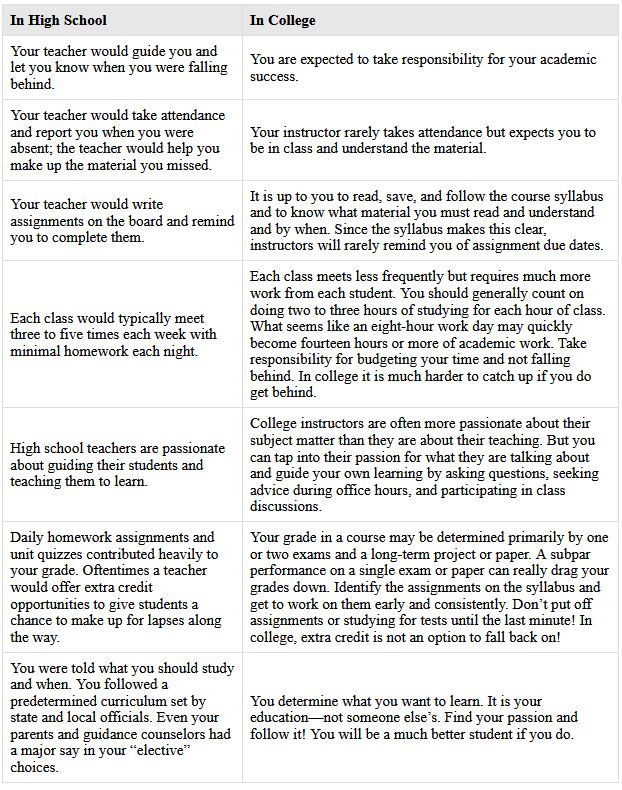The First2 Network works with first-generation and other under-represented students to identify and change higher education policies and practices that present obstacles to their success as STEM students. Together, students, higher education faculty, K-12 teachers and policy makers have identified areas of need and attention. High School Science and Math Teachers and High School Guidance Counselors have a role to play in encouraging students to pursue STEM degrees and in ensuring that students are as well prepared for college as possible. College is different from High School in many ways.
Here are some things to try as your schedule permits!
- “20 Things I Wish I Knew as a Freshman”: We invite you to spend a little time in your classes to investigate this document authored by First2 undergraduate students.
- Have students read and discuss the big take-away messages from these students. What techniques or skills do they call out?
- The “20 Things” document alludes to some pretty big differences between college and high school learning. What are they?
- What terms or ideas are new to students? Group study? Office hours? Discuss these ideas.
- Invite an Undergraduate STEM student to visit your middle or high school students to chat about what it’s like to survive and thrive as a STEM Major. You can request an Ambassador to visit your school by completing this request form.
- Try some of the Time Management activities section 2.3 of the free online book from the University of Minnesota called College Success. While time management may not be as necessary in high school for some students, it is critical in college. High school students may not realize the extent to which independent learning and responsibility is needed for success. It is estimated that for every hour of in-class time a student needs to spend at least 2 hours of study outside of class!
- Note taking is another major skill set noted in the “20 Things” document that may not be reinforced in high school. And studies have shown that taking notes by hand may result in better recall than taking notes on a laptop, presumably because you can’t write everything down by hand and you are forced to do some processing of the information. This section of “College Success” breaks down note-taking, and this online module teaches the Cornell Method of Note-taking. Can you try this with your students?
- What’s in a syllabus? Here is a sample syllabus from a 200 level Biology Course. In college, a syllabus may be the only guidance a student receives on required assignments, expectations and grading. If students don’t pay attention to the syllabus and plan accordingly they could do poorly in a class. Could you use a syllabus approach during one of your grading periods, have students complete a time-management planner, and reflect on their follow-through?
- How to study came up in the 20 things document as well. Here is a great “How to Study” presentation with notes written by Michelle Withers formerly of WVU.
Put yourself in the shoes of a freshman in college. Do you agree with the following (from College Success UMN press)?

